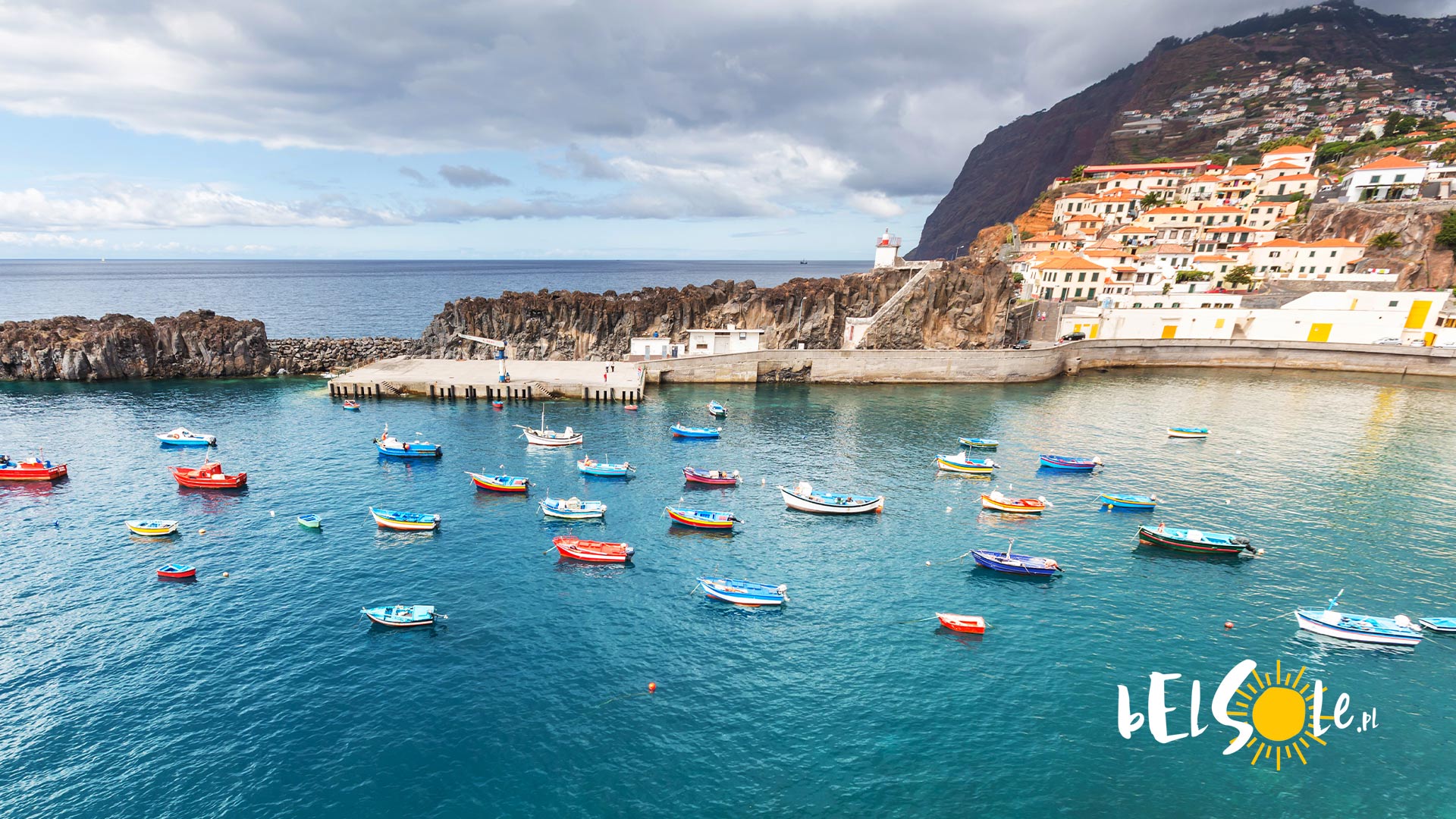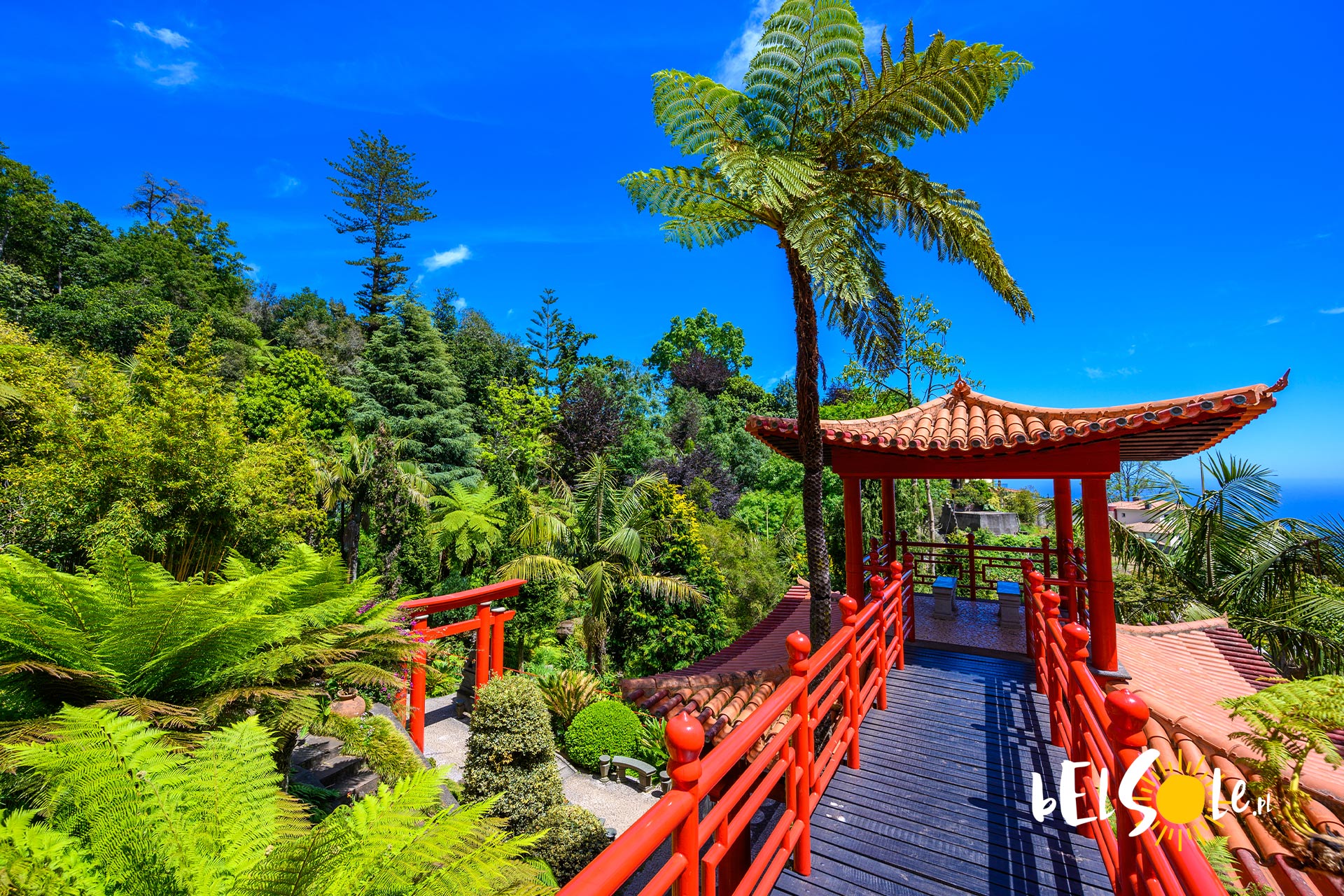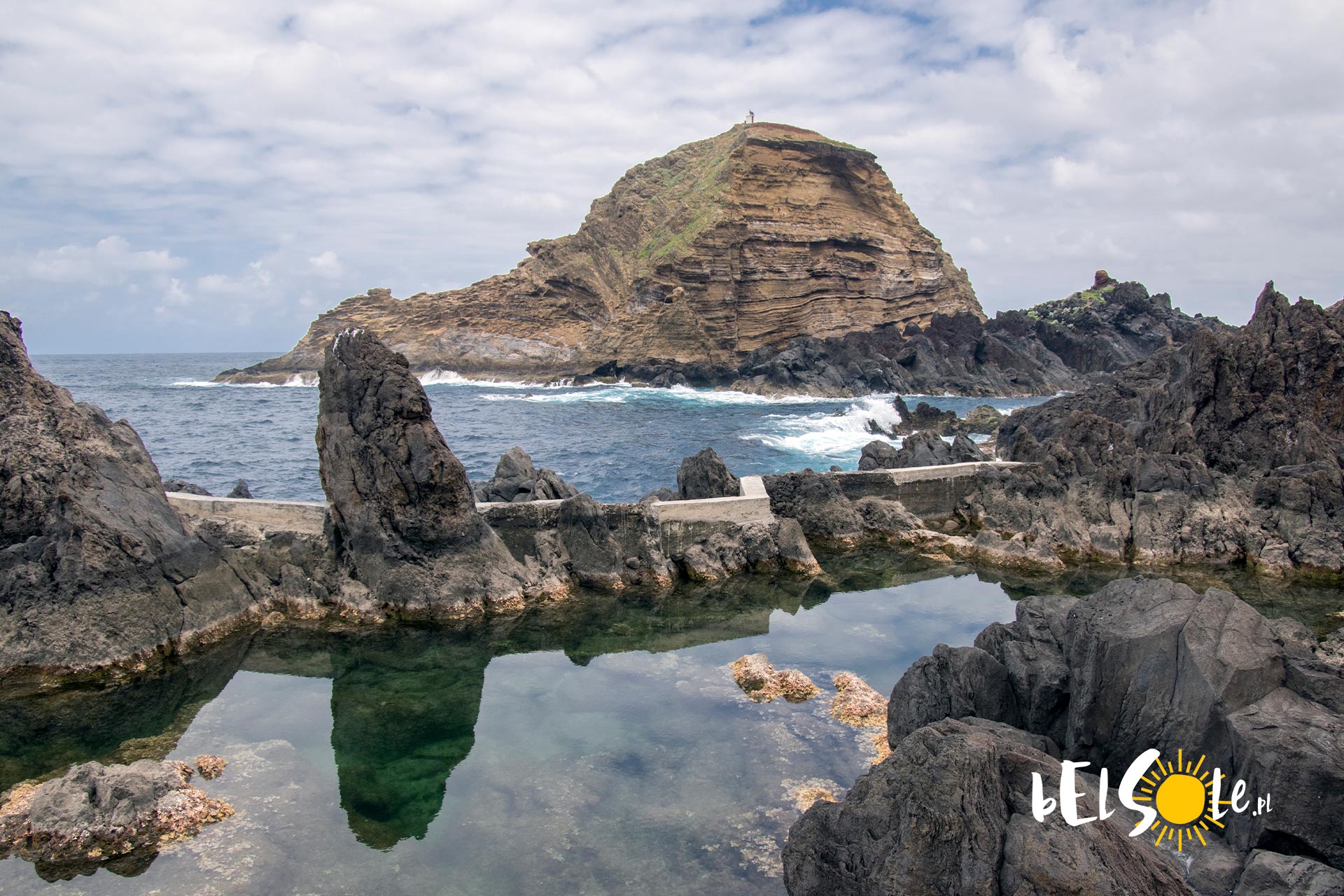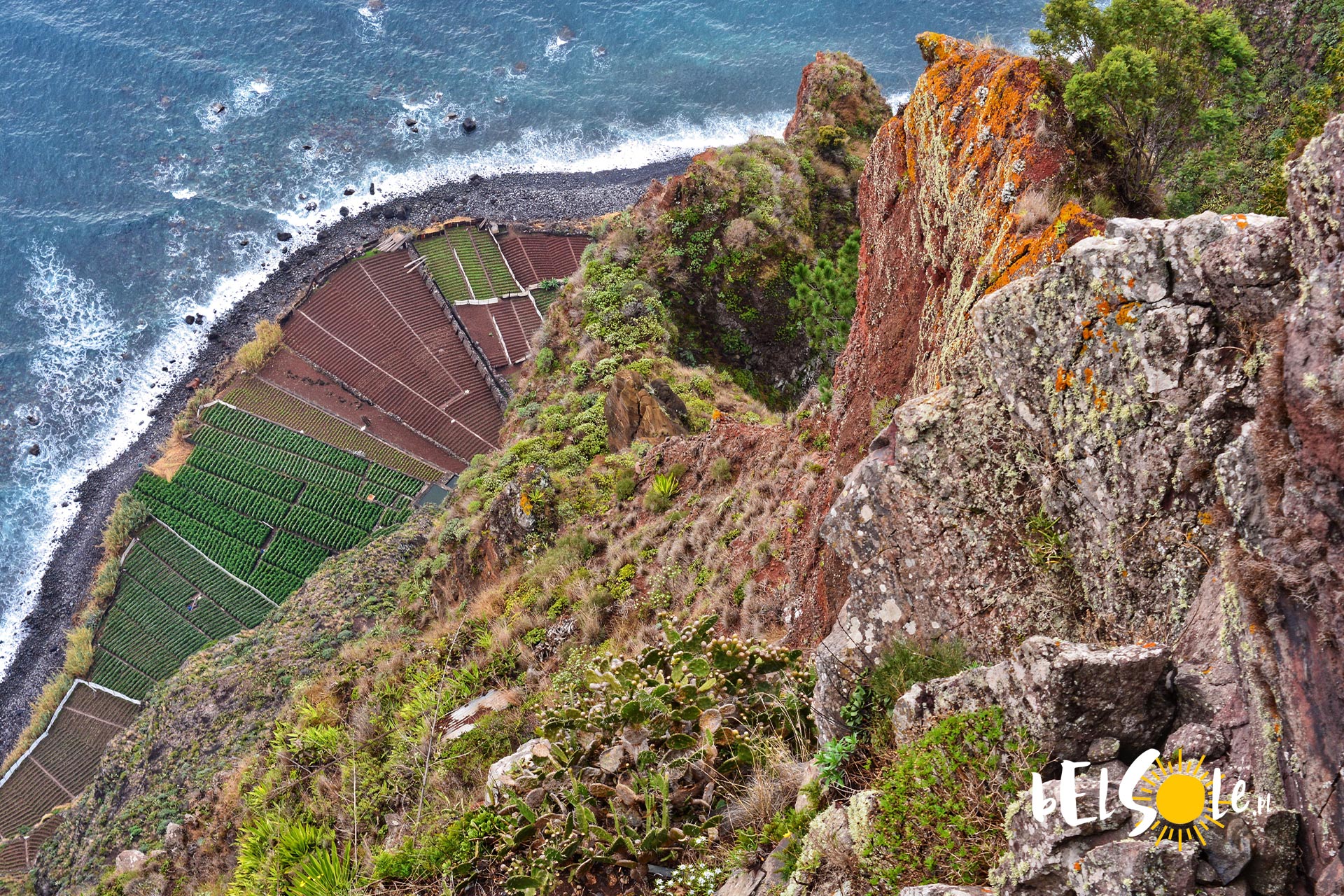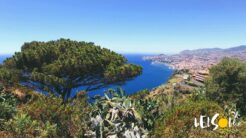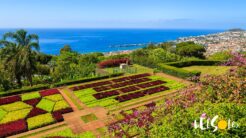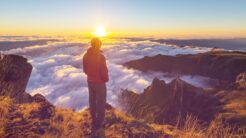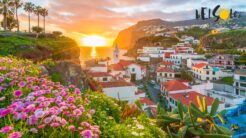Madeira, the Island of Eternal Spring, is the perfect holiday destination for any time of the year. Wondering what you can do in Madeira? We’ll give you plenty of options in today’s article.
Madeira
What to see in Madeira?
Let’s start by stating that Madeira is full of natural tourist attractions, like parks, mountains and cliffs. You’ll find relatively few cultural or historical tourist attractions here, unlike in Porto or Lisbon. You can get to Madeira by plane, you’ll certainly find travel agencies organising tours here. The airport at which you’ll arrive is in Funchal and you can get practically anywhere from there. Afterall, Madeira is not that large, with an area of 801 km² and 250k inhabitants. Madeira’s largest city is Funchal, with 111,000 citizens.
It’s also the perfect island for a trip in winter or early spring – temperatures here don’t really change from summer, as you can find 20-26 degrees Celsius on average throughout the entire year. In addition to the natural spots we’ll be going over below, the island also hosts loads of festivals: for instance, the famous Flower Festival. You can also stock up on unique souvenirs here, which we’ve written about in a separate post.
Cable Car from Funchal to Monte
Cable car in Madeira
A cable car is always a neat option to get a great panorama of any place. Funchal, thankfully, has its own cable car too. Although the route takes only about 15 minutes (around 2 miles), it’s more than enough to marvel at the beauty of Madeira’s capital and its surrounding area. The lower station is located opposite to the old town, behind Rua D. Carlos I. There are many ticket variants, though the basic one costs €11.
Monte Palace Tropical Gardens
Asian-esque palace in Madeira
Once you’ve taken the cable car to Monte, be sure to head to the Monte Palace, specifically its gardens. These are around 7 hectares in size and have been declared one of the 13 most beautiful gardens in Europe. The place is a combination of tropical flora and fauna with art.
You’ll find a section with local plants, such as ferns or a fragment of a unique laurel forest, and an oriental section with sculptures, plants and buildings reminiscent of Japanese and Chinese cultures.
You can also find a famous collection of ceramic tiles (from the 15th-20th centuries), a panel of 166 glazed terracotta tiles entitled “The Adventure of the Portuguese in Japan” and a group of 40 panels depicting the history of Portugal. We’d recommend you save around 3 hours for a walk through the whole garden.
Sledging down Monte hill – The Toboggan Ride
Sledging in Madeira
Okay, you’ve gone through the garden. You’re still in Monte though. How do you descend back to Funchal again? You can get down on your feet, take a bus, return by the same cable car or… take a sledge. The tradition of sledging dates back to the 19th century here, when it was necessary to find a way to transport the first tourists. The vehicle is usually ‘driven’ by two men who first accelerate it and then, standing on skids, steer it.
The start of the route is near the church of Nossa Senhora do Monte and the end is at Livramento. The road is only 1.2 miles long, but it is quite steep and full of curves. The sledges speed up to even a dozen or even a couple dozen m/h. It’s one hell of a memorable experience.
The Ronaldo Museum – CR7 Museu
What else to see in Madeira?
Football fans will certainly be pleased to hear that there’s a Ronaldo Museum in Madeira. It’s located in Ronaldo’s hometown, Funchal at Av. Sá Carneiro – Praça do Mar no. 27. A regular ticket costs €5. Among other things, you can find all the CR7 trophies here, letters of fans and you can take a photo with a life-size statue of the footballer. We’ll take what we can get.
Valley of the Nuns – Curral das Freiras
Viewpoints in Madeira
Welcome to the Valley of the Nuns. You’ll find the best view of this place in the Eira do Serrado hotel, from where you have a panoramic view of the entire valley and the surrounding peaks. The name of the town and the valley comes from an event that took place in 1566, when nuns from the convent of St Clare of Funchal decided to take refuge here from pirates.
Point of St Lawrence in Madeira – Ponta de São Lourenço
Cliffs of Madeira
The St Lawrence Peninsula is the easternmost part of Madeira. To get to the very edge, you have to hike a route of around 2 miles (one way, of course). The hike is of medium difficulty, but has a few steep climbs. Be sure to bring water and snacks, as well as sunscreen. Though you won’t be hiking through a forest here, there’ll be a few opportunities to swim in the ocean along the route. All the hardships of your hike will be compensated by the beautiful views of the rocky islands and cliffs. If you like to take short breaks or take photos here or there, book about 4 hours to complete this route.
Natural rock pools in Porto Moniz – Piscinas Naturais Velhas
Where to find a beach in Madeira?
Porto Moniz is a small town in the north-west part of the island, about an hour by car from Funchal. What is it known for? Its complex of natural rock pools. They were formed by lava flowing down into the ocean, which solidified in the water to form the basins. There are actually two complexes in Porto Moniz. The first commercialised one is located in the western part of the town. Its bottom has been tiled and wide steps were formed to create steps. The second one is found in the eastern part of the town, and no one has interfered with nature on this one. The bottom is rocky and sharp, the water clear and filled with small fishes. Both complexes are supplied with water by waves crashing against the rocks.
Cabo Girão cliff
Cliffs in Madeira
Cabo Girão is the second highest cliff in Europe, right after the Norwegian Hornelen. It’s diamond-shaped and almost 600 metres above sea level. The magnificent view is provided from a viewing platform at the top with a glass floor. You may want to skip this one if you have a fear of heights, as you’ll have a view of the whole cliff and ocean underneath. It’s worth remembering that the weather changes very rapidly at these heights, so always take something warm and rainproof, just in case. You can get to Cabo Girão by bus from Funchal, though we’d recommend hiring a car so you can stay as long as you like.
Santana – a town of fairytale cottages
Madeira cottages
Santana is a town in the north-eastern part of Madeira. It’s most famous for its adorable traditional triangular cottages known as palheiros. The roofs are thatched to the ground, the walls are whitewashed with lime and each is finished with tiny windows with shutters. Traditionally, they were built of stone and were two storeys high. Nowadays, each one has either a shop or a themed exhibition. If you go to Santana in spring (April/May), you may come across the Fiesta do Limão here, the festival of the lemon.
Madeira’s levadas
Canals in Madeira
The canals are carved into the mountainside and 15 miles of the total of 1,200 miles lead through the specially carved tunnels. You’ll find special paths alongside these tunnels used for repairing lavadas and, of course, for tourists. The paths vary in difficulty and length. If you don’t like hiking too much but want to see a lot at once, we’d recommend the PR 11 Vereda dos Balcões route. This is the easiest and shortest trail in Madeira. It starts in the mountain village of Ribeiro Frio and follows a path along a levada, a small gorge and the world’s largest and UNESCO-listed laurel forest. The route ends at the Balcões viewpoint.
See also:



